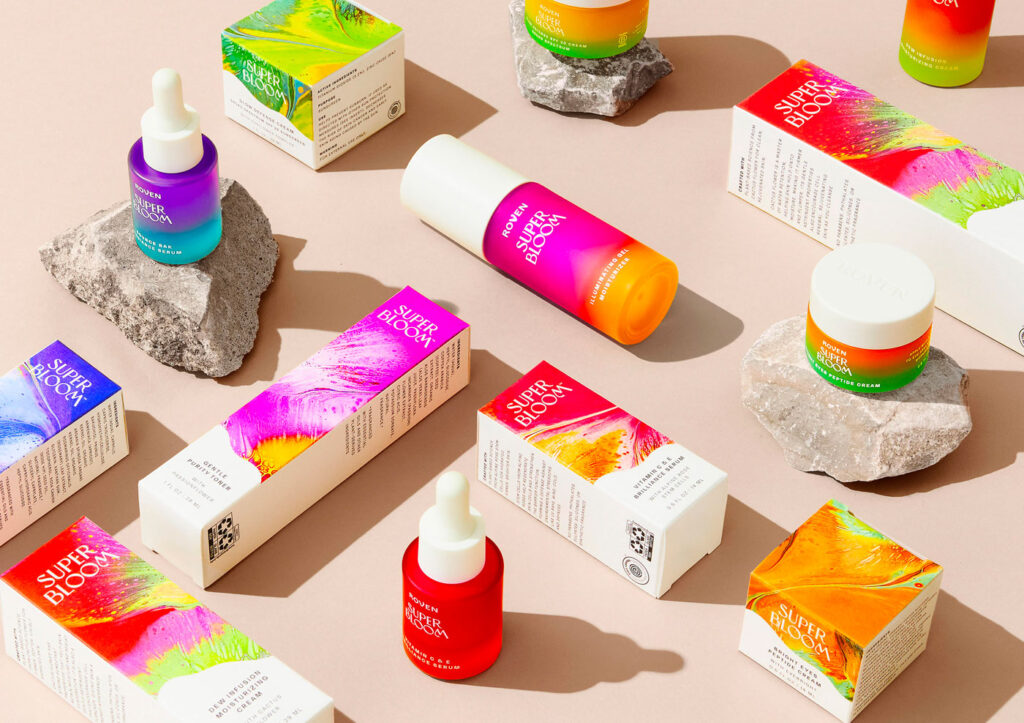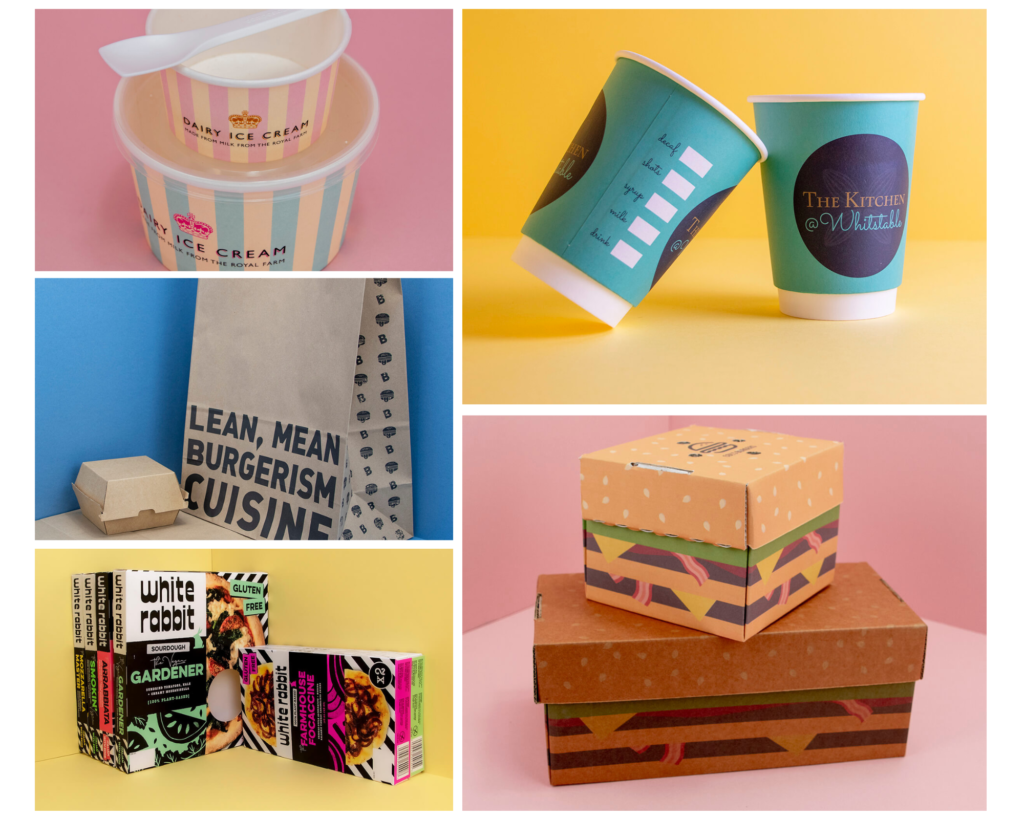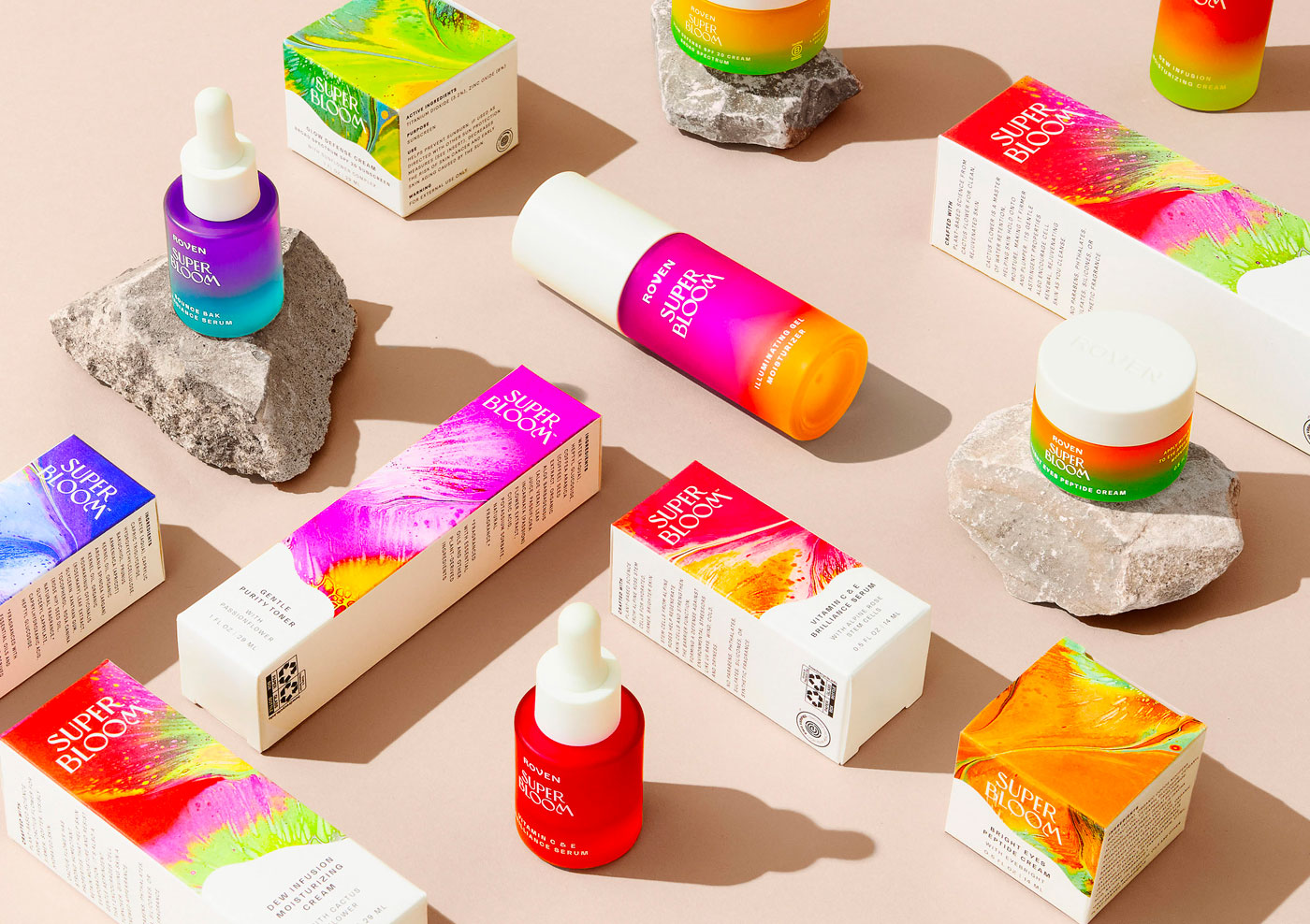Packaging design plays a crucial role in capturing consumer attention, conveying brand messaging, and influencing purchasing decisions. In today’s competitive market, creating effective packaging design is essential for businesses to stand out from the crowd and make a memorable impression on consumers. This article explores the key elements and considerations for creating packaging design that effectively communicates brand values, engages consumers, and drives product sales.
I. Understanding Brand Identity and Target Audience:
In order to create effective packaging design, it is important to have a clear understanding of brand identity and target audience. Brand identity encompasses the core values, personality, and positioning of the brand. By defining brand identity and values, it ensures consistency in packaging design. Conducting market research is essential to gain insights into the target audience’s preferences, demographics, and purchasing behaviors. This knowledge helps in aligning packaging design with the brand’s positioning and meeting the preferences of the target audience.
II. Clear and Compelling Communication:
Packaging design serves as a communication tool to convey important information about the product. It should clearly communicate product information, benefits, and key selling points. By using concise and impactful messaging, packaging design can capture consumers’ attention and effectively convey the brand’s value proposition. Visual elements such as icons, images, and colors can be incorporated to support the messaging and enhance comprehension, making it easier for consumers to understand the product’s features and benefits.

III. Visual Appeal and Brand Recognition:
Visual appeal is a critical aspect of packaging design as it helps attract consumers and create brand recognition. Designing packaging that is visually appealing and aesthetically pleasing is key to capturing consumers’ attention. It is important to align the packaging design with the brand’s visual identity, incorporating unique and recognizable brand elements such as logos, colors, and typography. This consistency helps reinforce brand recognition and enhances brand recall. Employing innovative and eye-catching design techniques further differentiates the packaging from competitors and creates a memorable impression.
IV. Functionality and User Experience:
While aesthetics are important, packaging design should also prioritize functionality and user experience. It should protect the product and ensure its integrity throughout its lifecycle. Factors such as product protection, convenience, and ease of opening and closing should be considered during the design process. By incorporating user-friendly features and materials, packaging design can enhance the overall user experience and provide convenience to consumers. A well-designed and functional packaging design adds value to the product and contributes to a positive consumer perception.

V. Sustainability and Eco-Friendliness:
In today’s environmentally conscious landscape, incorporating sustainability and eco-friendliness in packaging design has become increasingly important. Brands are expected to take responsibility for their environmental impact and make sustainable choices. By embracing environmentally friendly packaging materials and practices, brands can appeal to eco-conscious consumers and demonstrate their commitment to sustainability. This can be achieved through the use of recycled or biodegradable materials, reducing packaging waste, or adopting eco-friendly labeling and symbols.
VI. Monitoring and Measuring Packaging Performance:
To ensure the effectiveness of packaging design, it is important to monitor and measure its performance. This can be done by gathering feedback from consumers, conducting surveys, or analyzing sales data. By evaluating the impact of packaging design on consumer perception, brand recognition, and sales, brands can make data-driven decisions to optimize their packaging strategies. Continuous monitoring and measurement provide valuable insights and allow for iterative improvements to packaging design over time.
By considering brand identity, target audience, clear communication, visual appeal, functionality, sustainability, and performance measurement, brands can create packaging designs that effectively engage consumers, differentiate from competitors, and contribute to overall brand success.

In conclusion, effective packaging design goes beyond aesthetics; it serves as a powerful tool for brands to communicate their values, engage consumers, and drive product sales. By understanding brand identity, targeting the right audience, communicating clearly, creating visually appealing designs, ensuring functionality and user experience, and embracing sustainability, businesses can create packaging that leaves a lasting impression on consumers. Key takeaways from this article include:
- Packaging design should align with brand identity and target audience preferences.
- Clear communication is essential to convey product information and brand messaging.
- Visual appeal and brand recognition enhance the packaging’s impact.
- Functionality and user experience contribute to consumer satisfaction.
- Embracing sustainability in packaging design supports eco-friendly brand positioning.
Contact us today to discuss how we can help you create packaging that enhances your brand’s presence and drives product success.

Leave a Reply